Every night, excess oil from restaurants is filtered, collected, and taken to a factory on the outskirts of Chengdu to be refined into industrial oil.
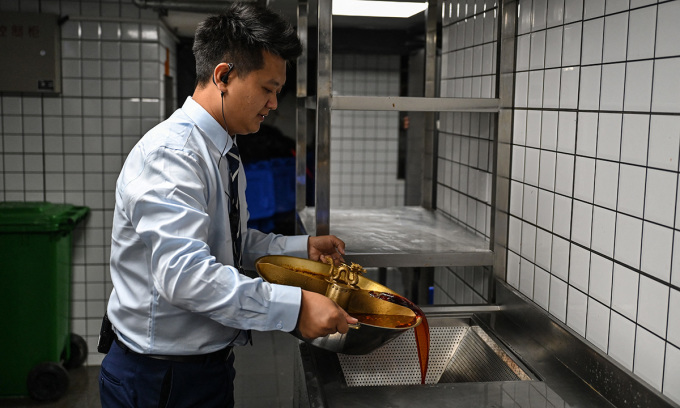
Restaurant staff in Chengdu pour hot pot broth mixed with oil into a filter for recycling. Photo: AFP
Sichuan Jinshang Environmental Protection (SJEP) has developed a process to process large amounts of discarded hotpot oil and convert it into aviation fuel, AFP reported on November 21. According to its director Ye Bin, the company is producing up to 150,000 tonnes of industrial oil annually from hotpot restaurants and other eateries in Chengdu.
Typically, in the evening after customers leave, restaurant servers begin pouring the hot pot broth into a special filter to separate the oil from the water. Next, collectors hired by SJEP, wearing thick aprons and elbow-length rubber gloves, will come to collect these grease containers. They can visit hundreds of stores in a night.
The hotpot oil is then transported to an industrial park on the outskirts of the city, where SJEP's plant is located. The oil is piped into large tanks and undergoes a refining process to remove remaining water and impurities, turning it into a clear, yellow industrial oil. This fuel will be exported to customers, mainly in Europe, the United States, and Singapore. They will further process the oil to form "sustainable aviation fuel" (SAF).
SAF is key to decarbonizing the aviation industry, which is expected to contribute 2% of global CO2 emissions by 2022, according to the International Energy Agency (IEA). But it remains in its infancy, accounting for less than 0.1% of total aviation fuel consumption, due to high processing costs and a relatively small number of suppliers.
The International Air Transport Association (IATA) estimates that widespread use of SAF could contribute about 65% to reducing emissions to help the aviation industry achieve net zero emissions by 2050. SJEP also plans to develop its own SAF production facility, using equipment from US company Honeywell to produce 300,000 tons per year.
SJEP’s model is part of China’s efforts to tackle the massive amount of food waste generated by its population of 1.4 billion. In China, about 350 million tons of produce — more than a quarter of its annual output — ends up as waste after being thrown away by restaurants, supermarkets or consumers, according to a 2021 study in the journal Nature .
In landfills, rotting food waste produces methane gas that warms the atmosphere faster than most other materials, according to the U.S. Environmental Protection Agency. It’s a headache for Chinese cities and a major threat to global climate goals. China has vowed to tackle the problem with a plan to reduce methane emissions, calling for innovative food waste projects to be deployed across the country in the next few years.
Thu Thao (According to AFP )
Source link


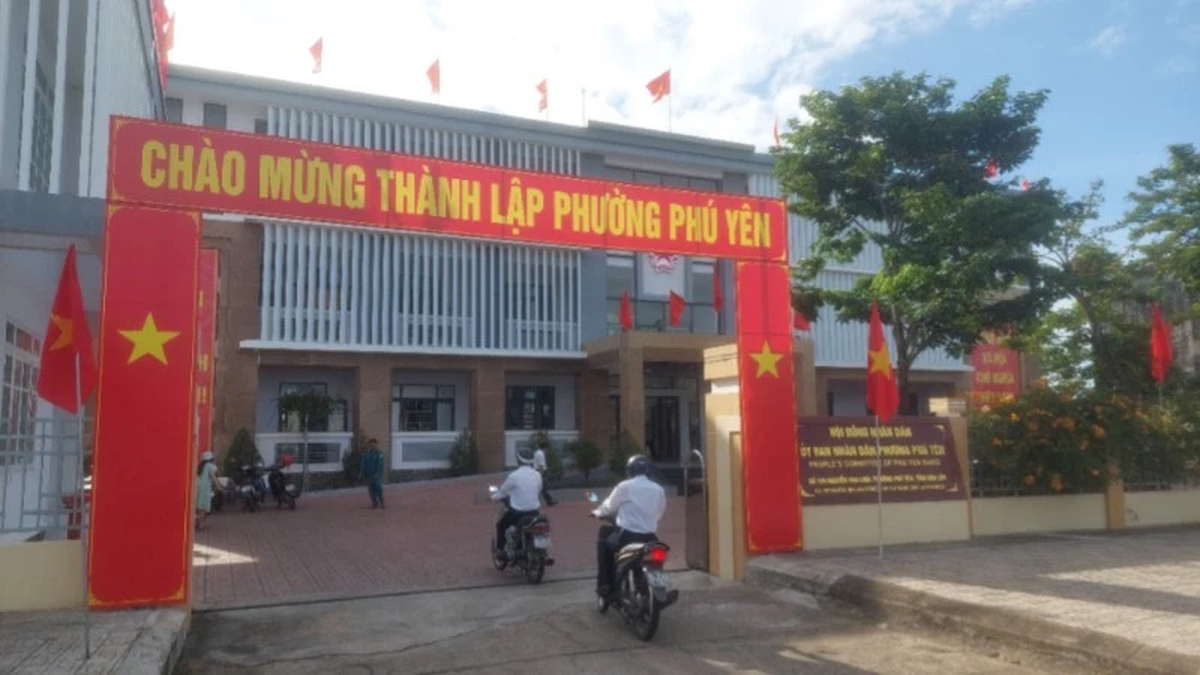

![[Photo] National Assembly Chairman visits Vi Thuy Commune Public Administration Service Center](https://vphoto.vietnam.vn/thumb/1200x675/vietnam/resource/IMAGE/2025/7/1/d170a5e8cb374ebcae8bf6f7047372b9)



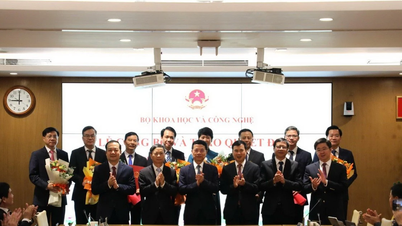


















![[Photo] Standing member of the Secretariat Tran Cam Tu chaired a meeting with Party committees, offices, Party committees, agencies and Central organizations.](https://vphoto.vietnam.vn/thumb/1200x675/vietnam/resource/IMAGE/2025/7/1/b8922706fa384bbdadd4513b68879951)



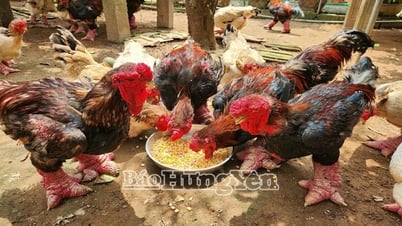

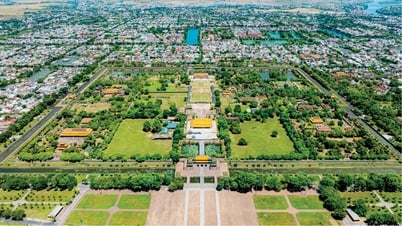








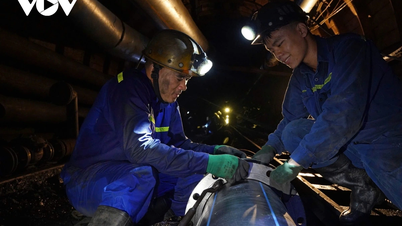



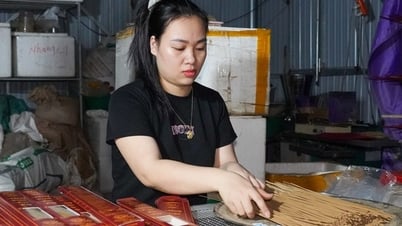





















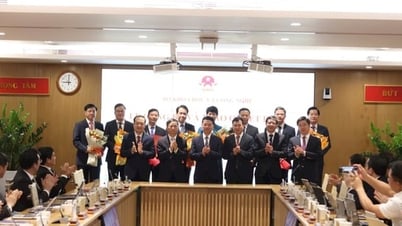




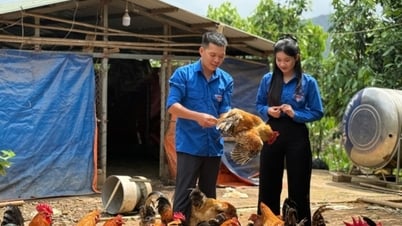



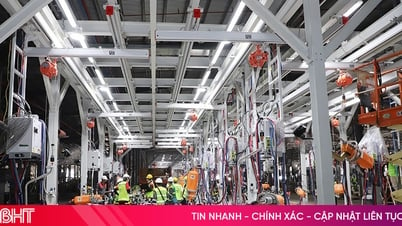





















Comment (0)